But, what do people eat toast with?
We all do it differently, with many regions of the world having their very own favourites. From baked beans on toast in the UK to molletes in Mexico – there’s a universal love when it comes to toast-based comfort food. With that in mind, we’re going to take a trip around the globe via the medium of toast… because why not?! There are so many delicious ways to eat toast. Some are savoury, some are sweet and some are a mixture of the two, all we know is that if you’re anything like us, you’ll probably have a serious craving for toast by the time you’ve finished! So, let’s dig in and… bon appetit!What People Put On Their Toast Around The World
While we know this list is certainly not exhaustive, these tasty favourites definitely get our vote!North Europe
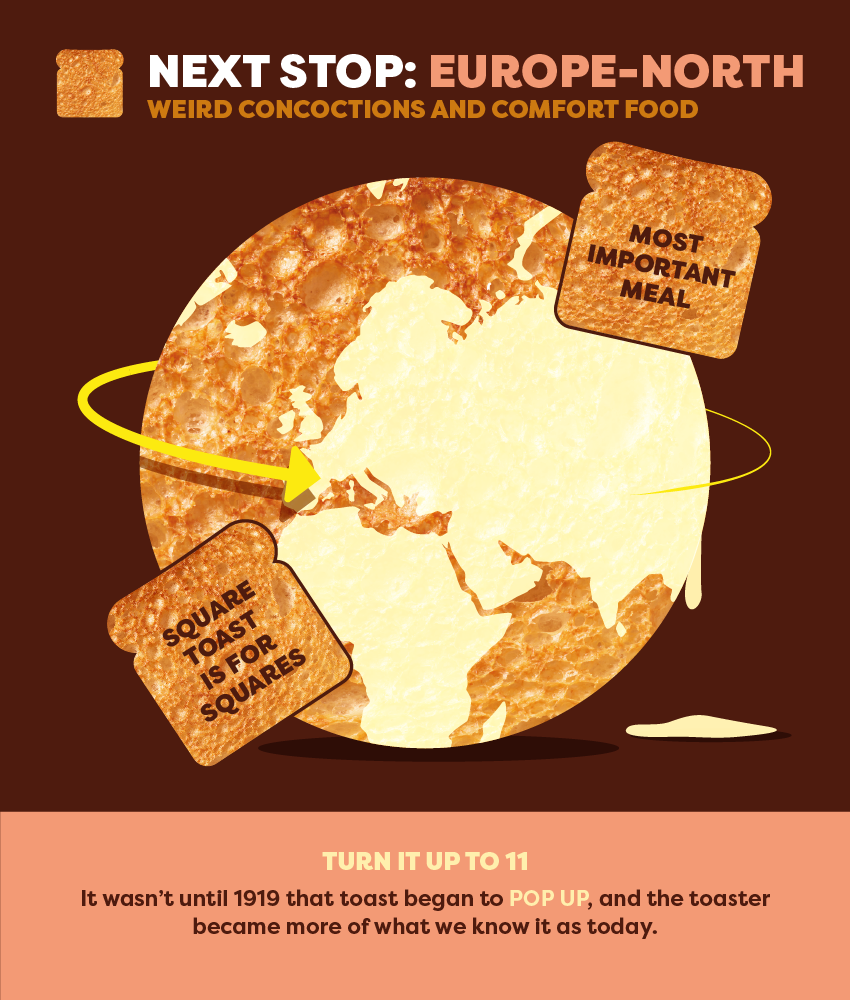

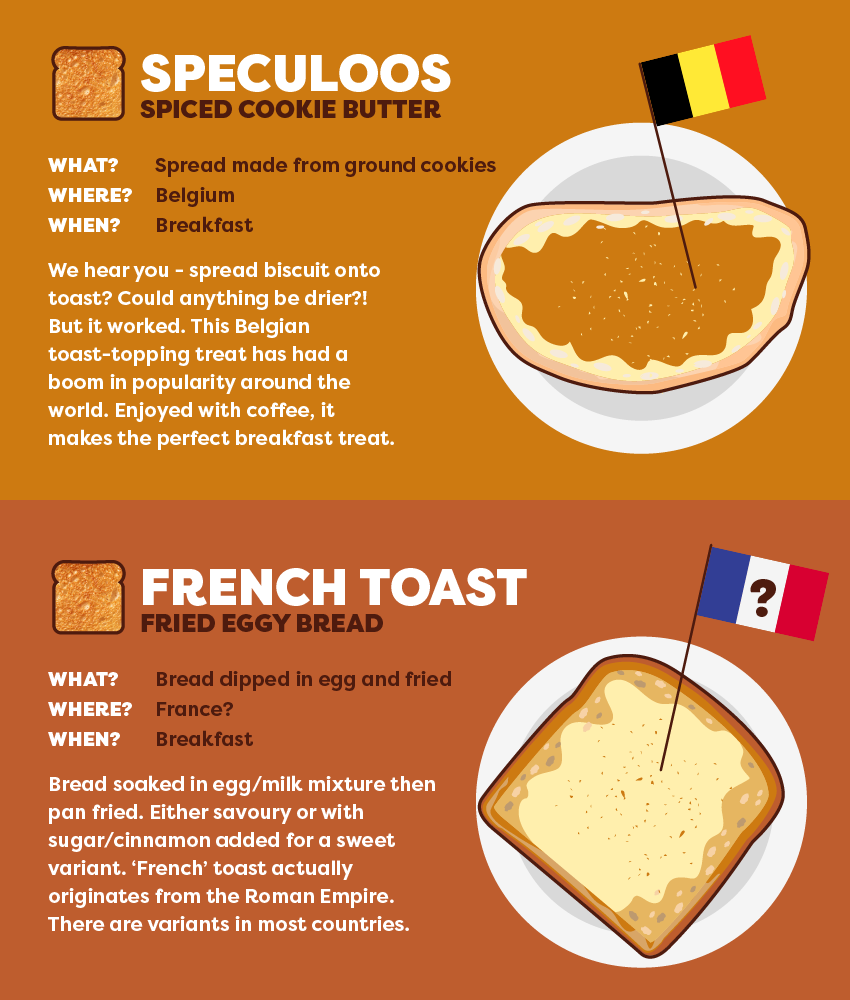
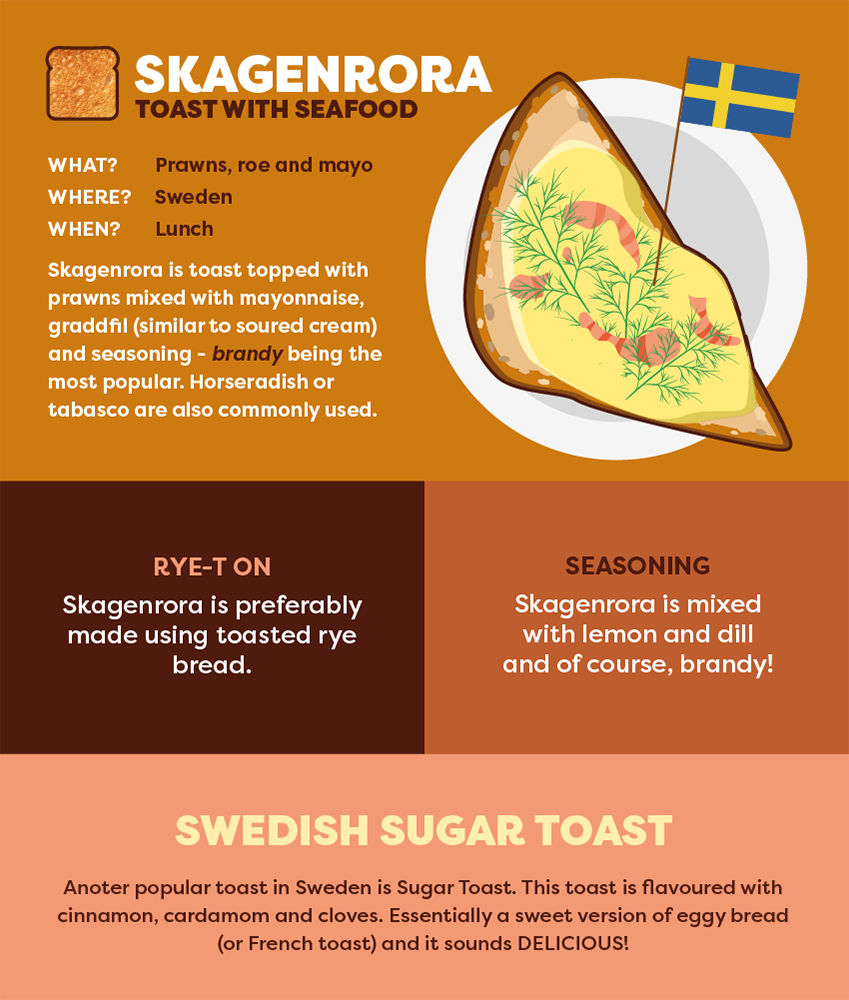
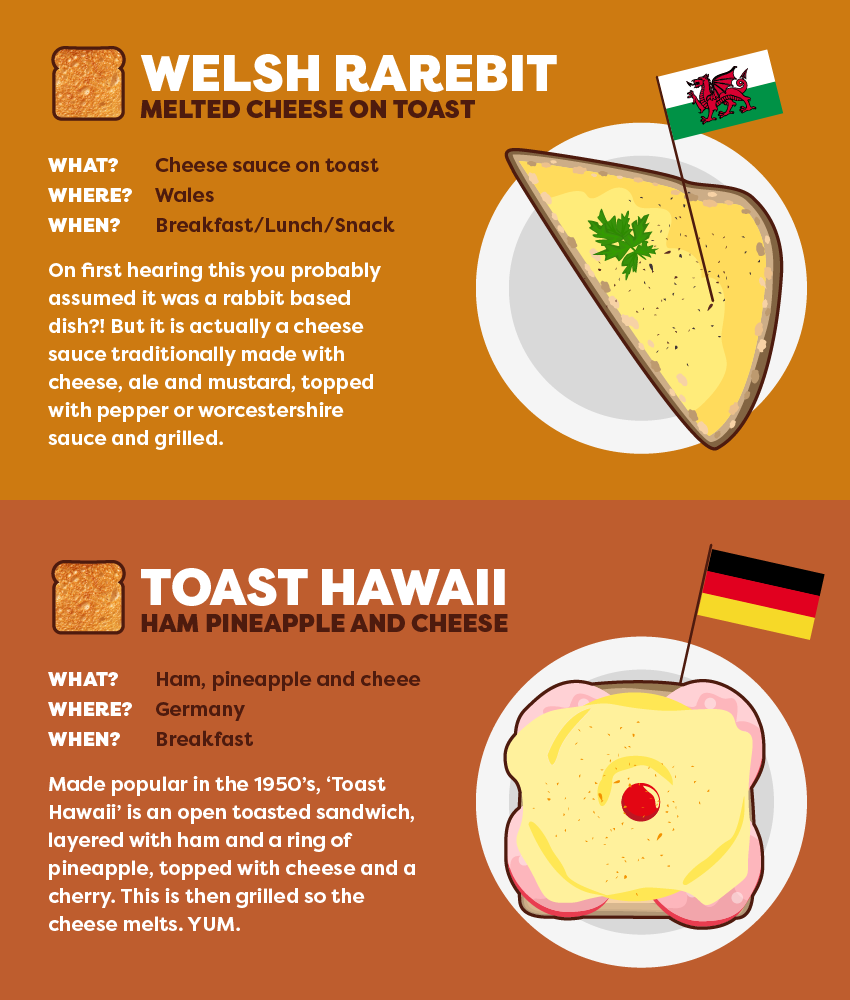
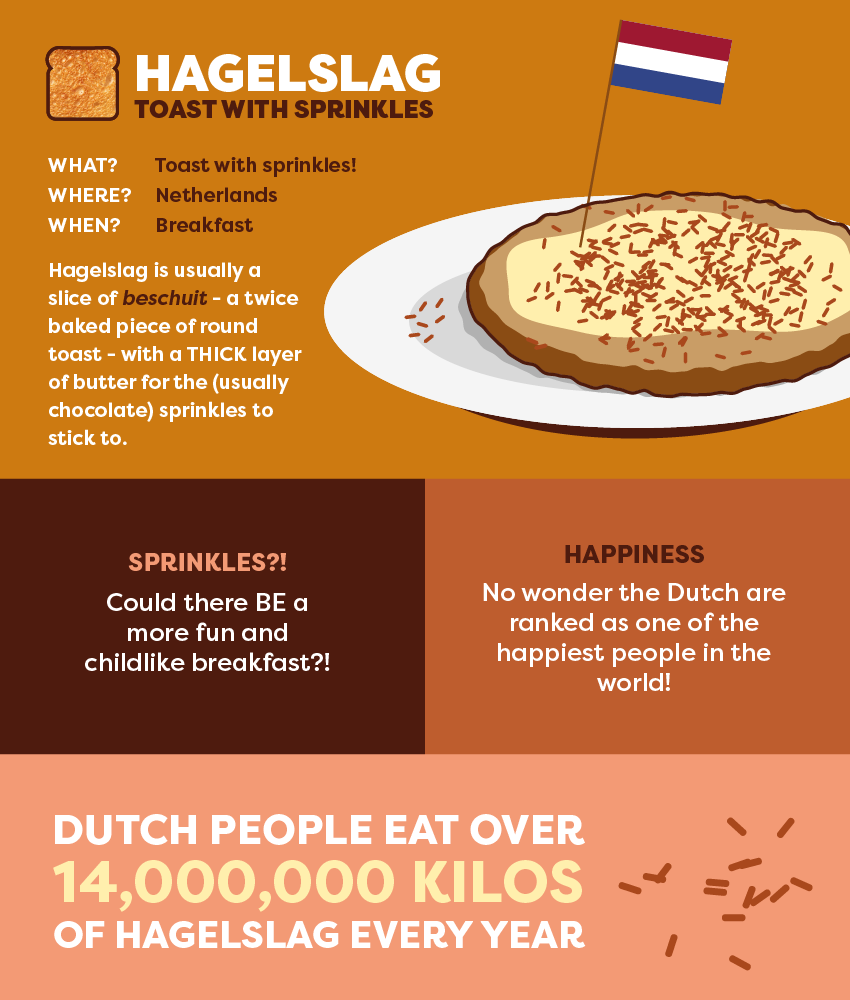
South Europe

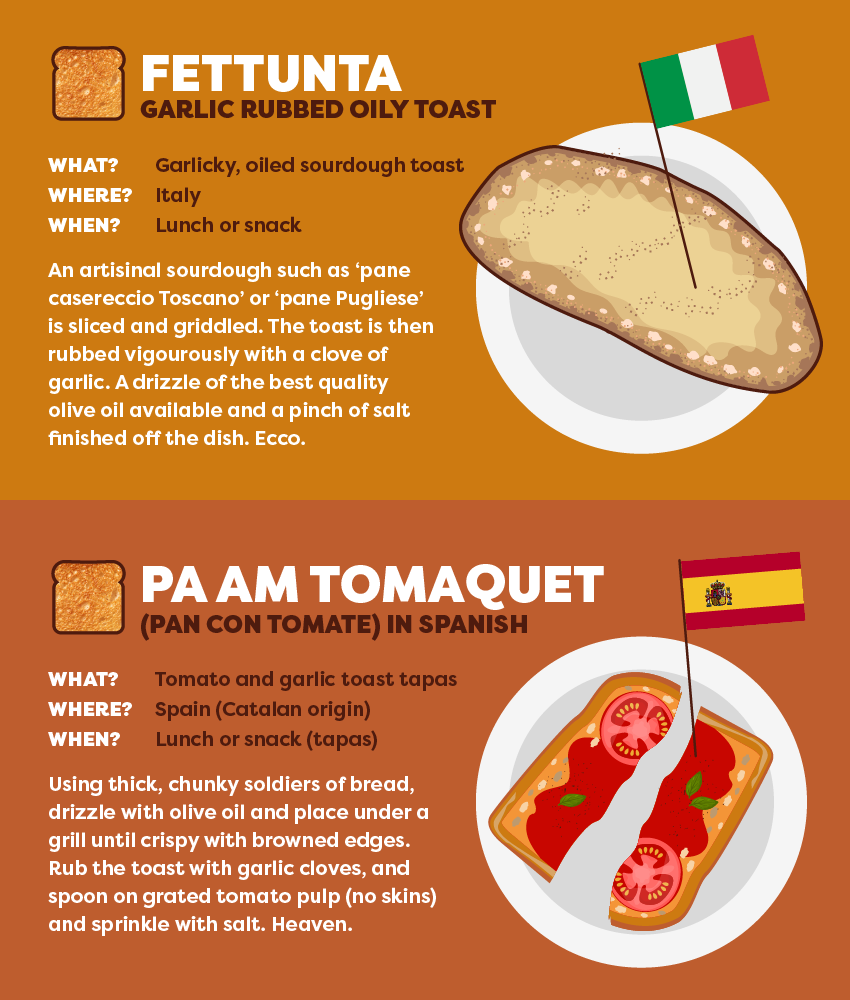
Africa
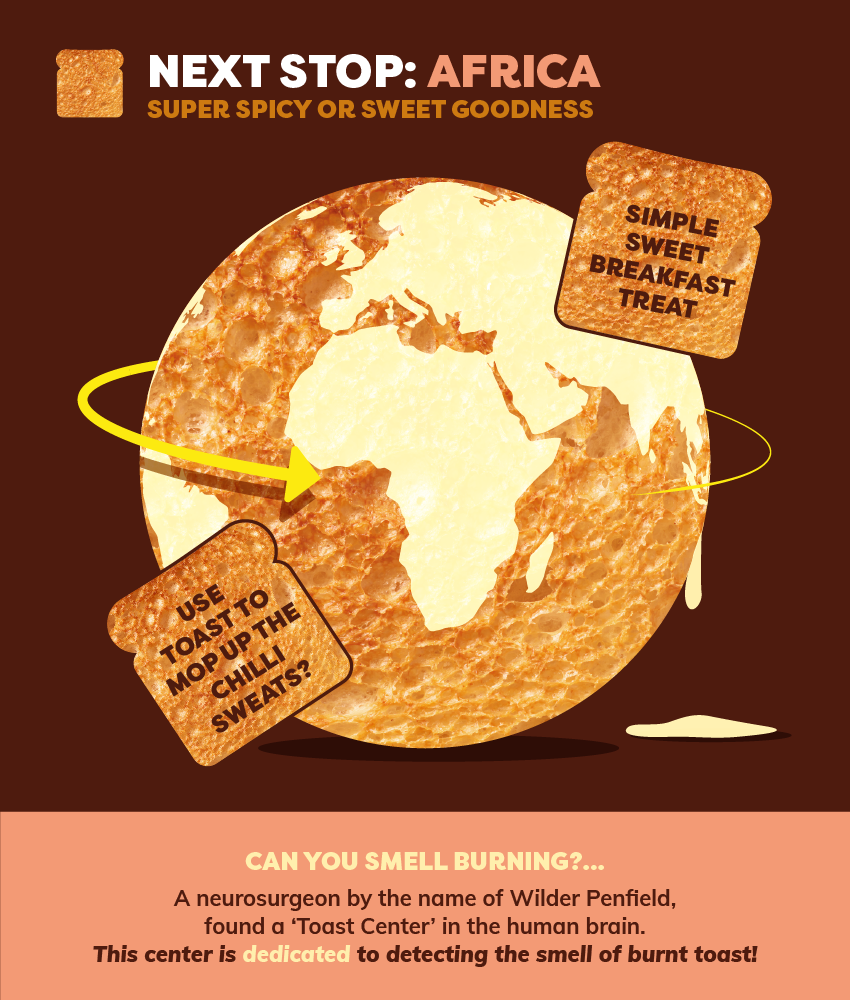
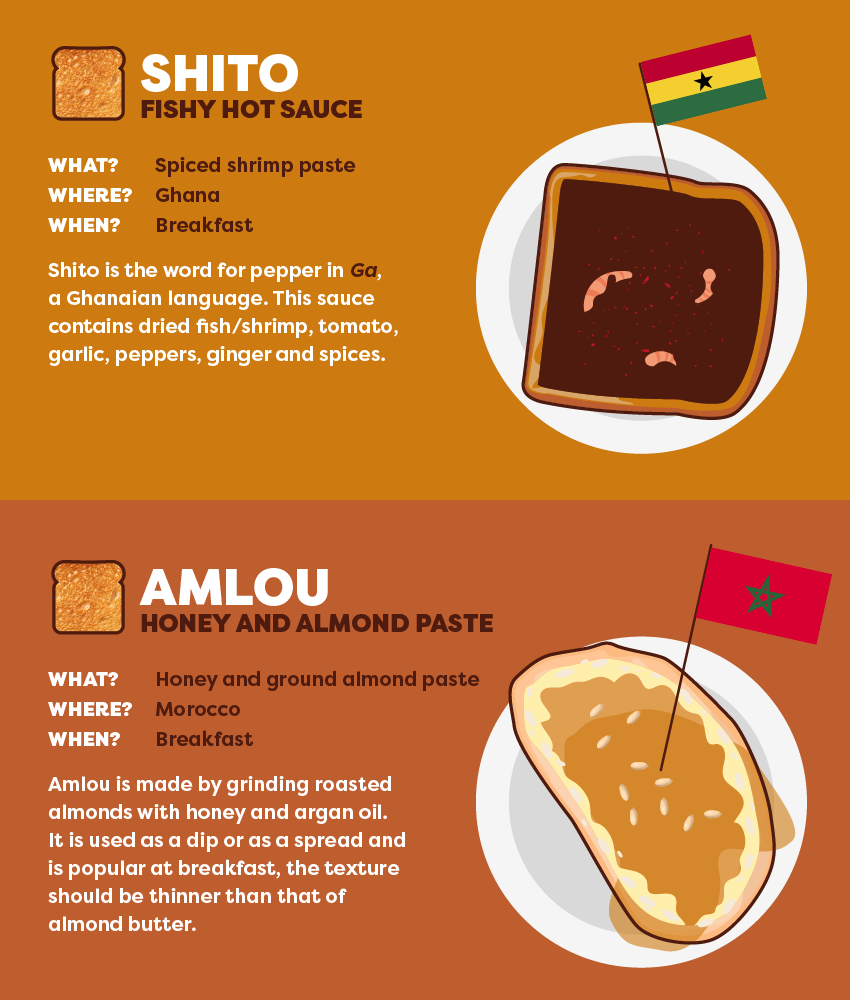
Middle East
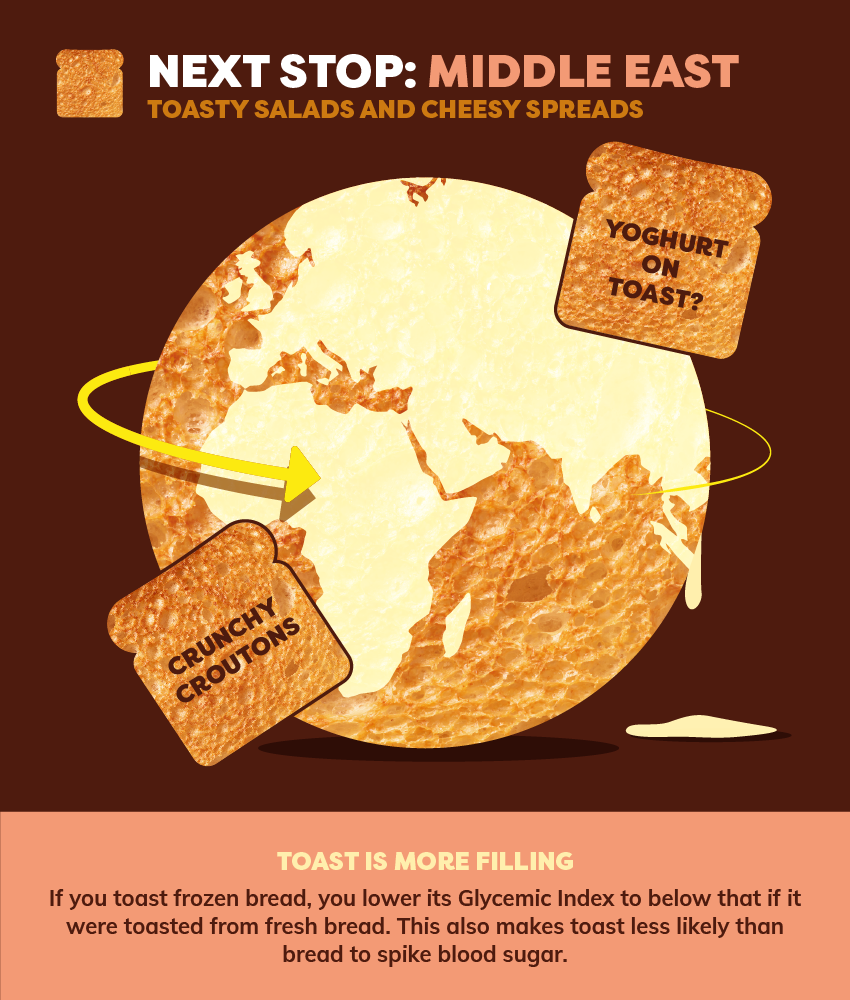
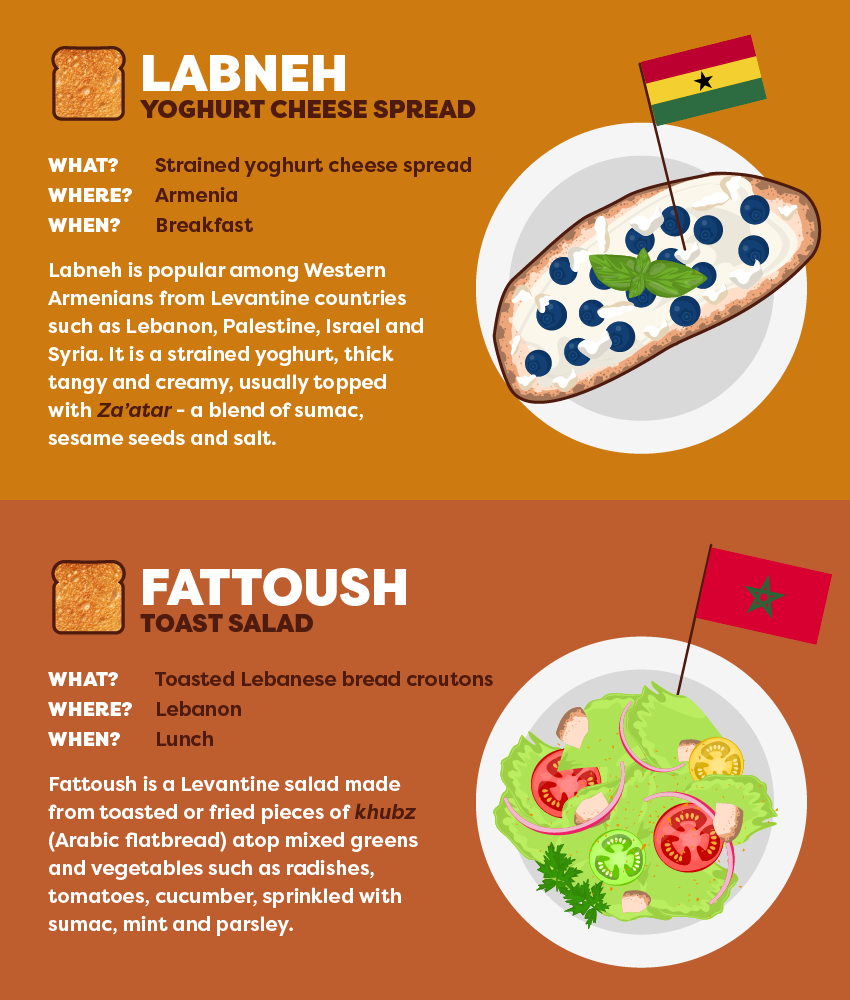
Asia & Oceania
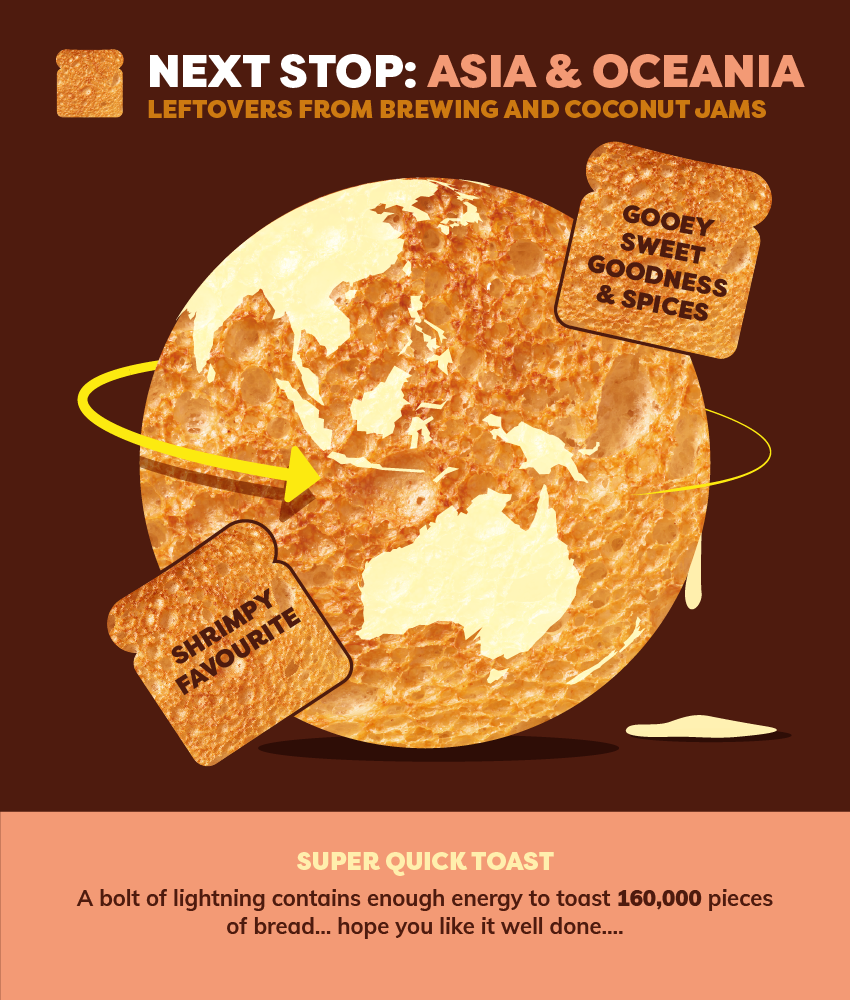
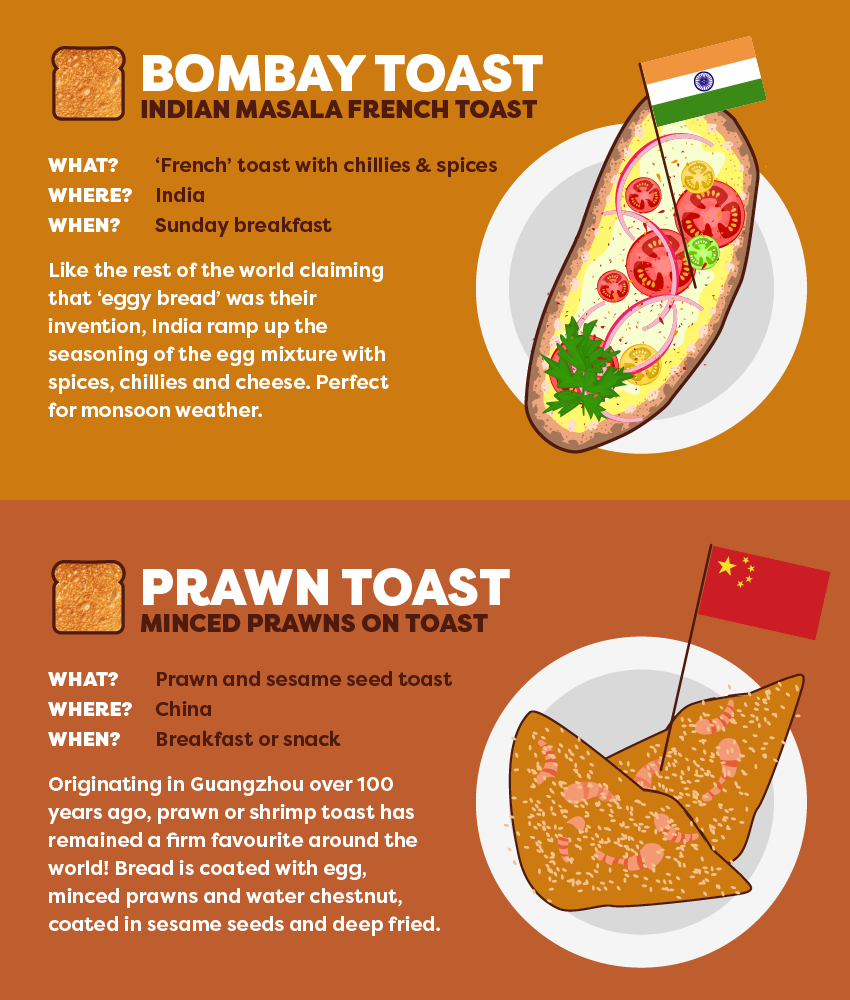
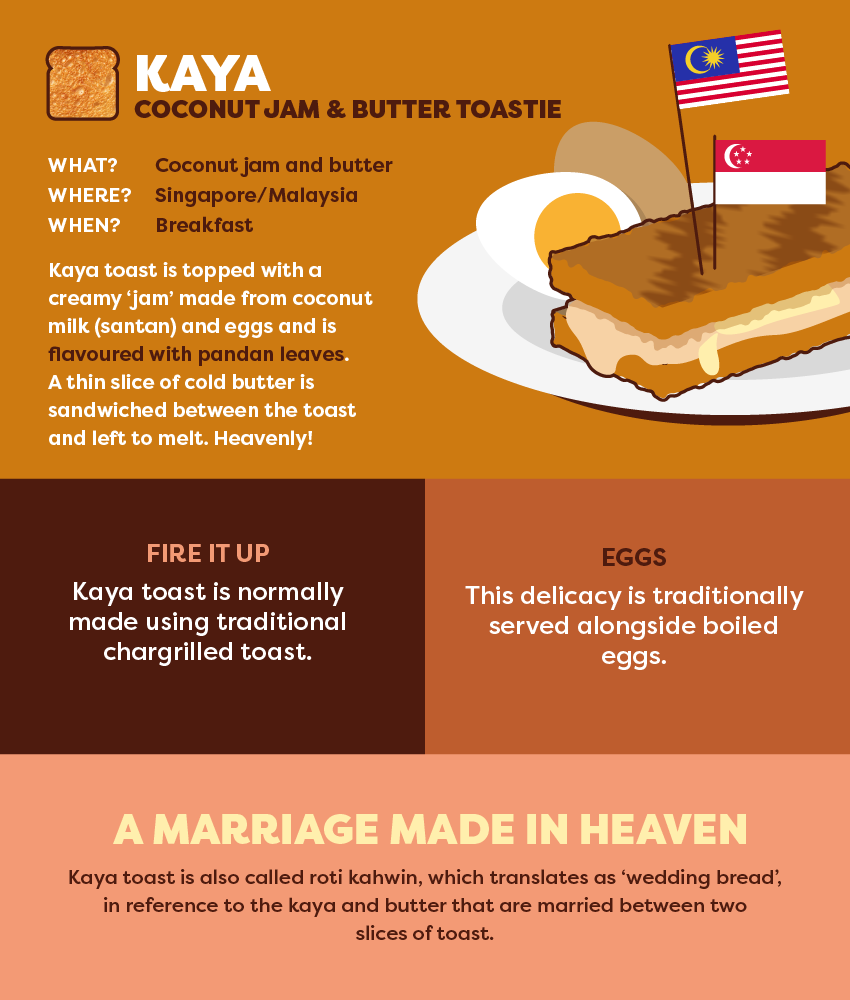
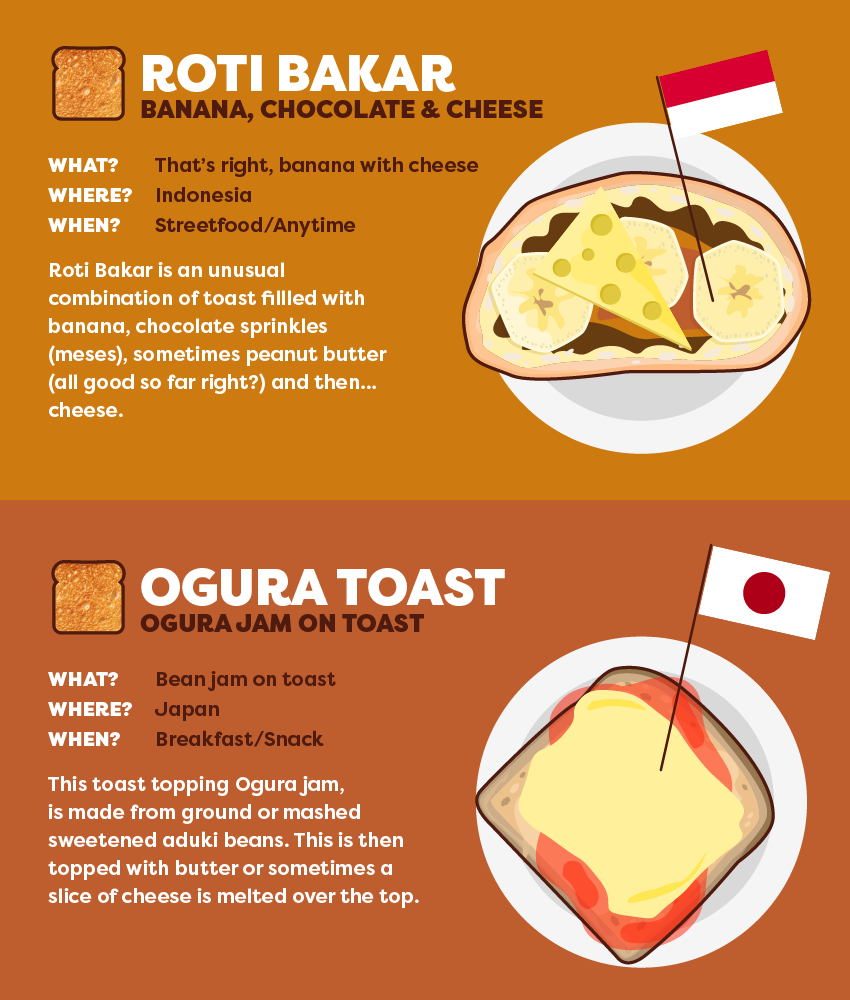
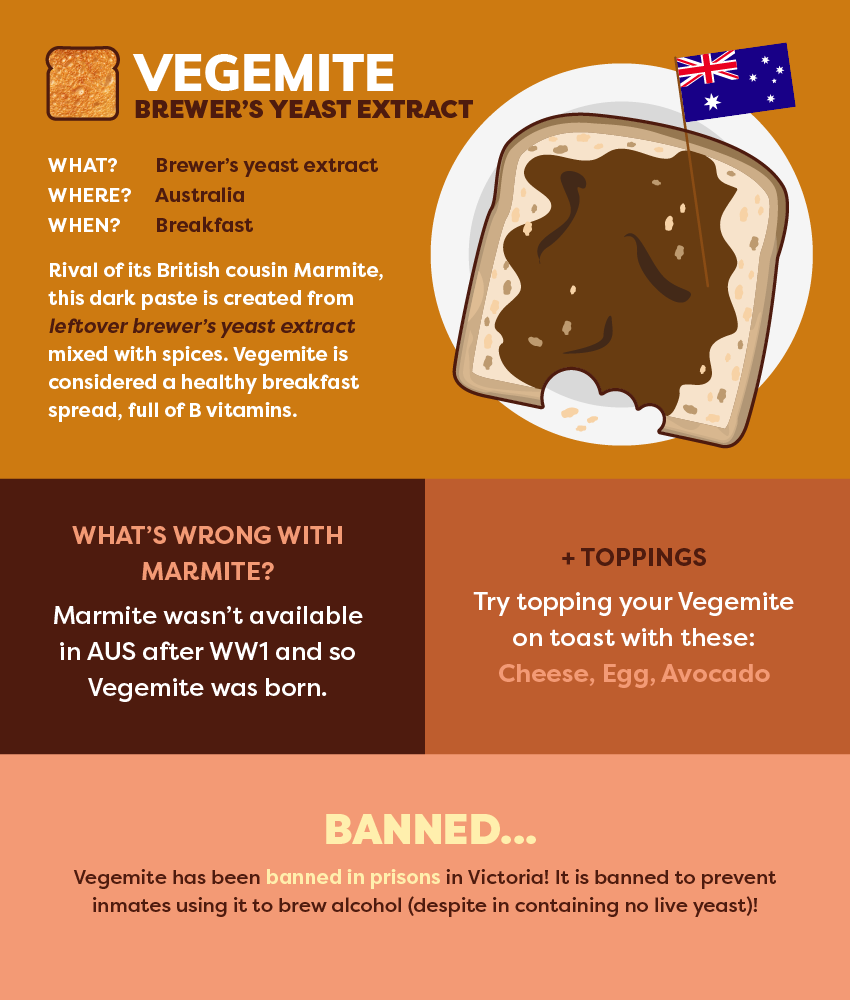
The Americas
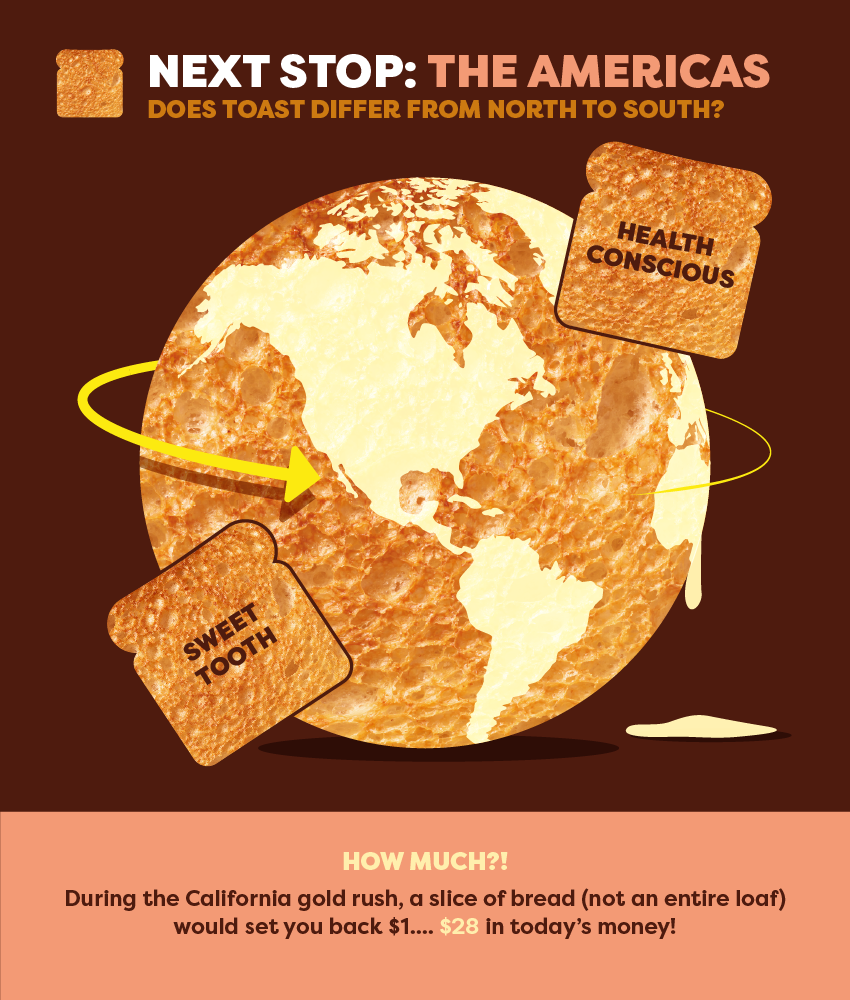
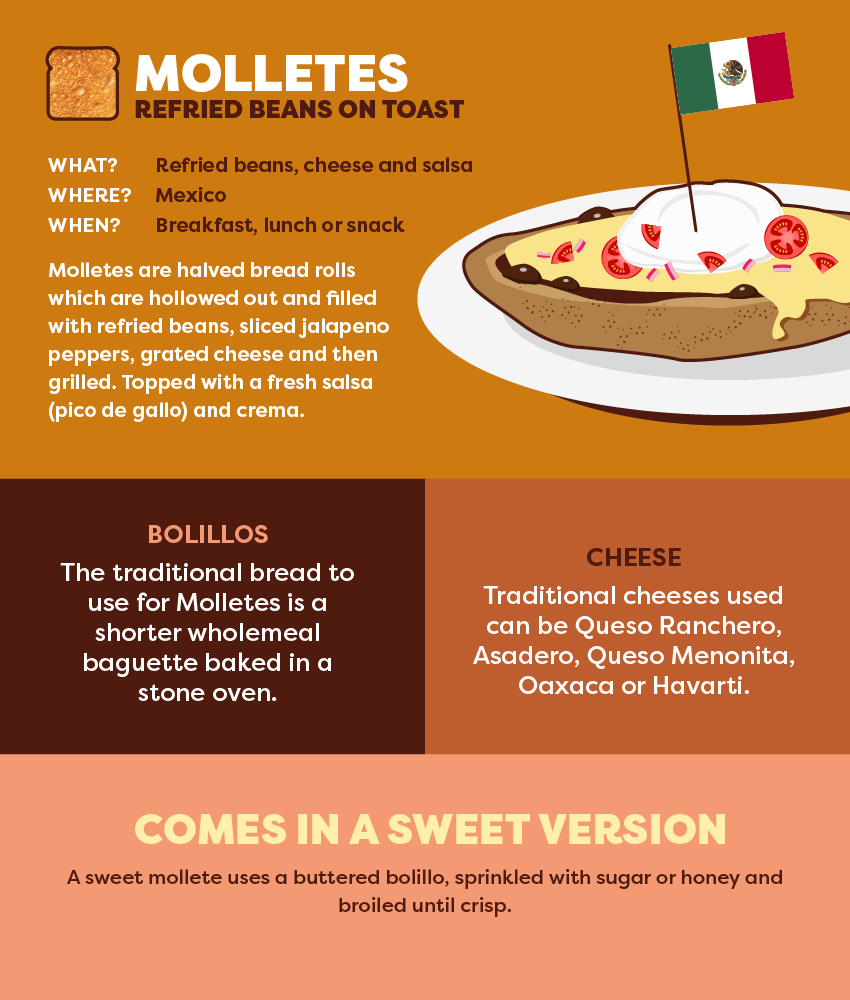
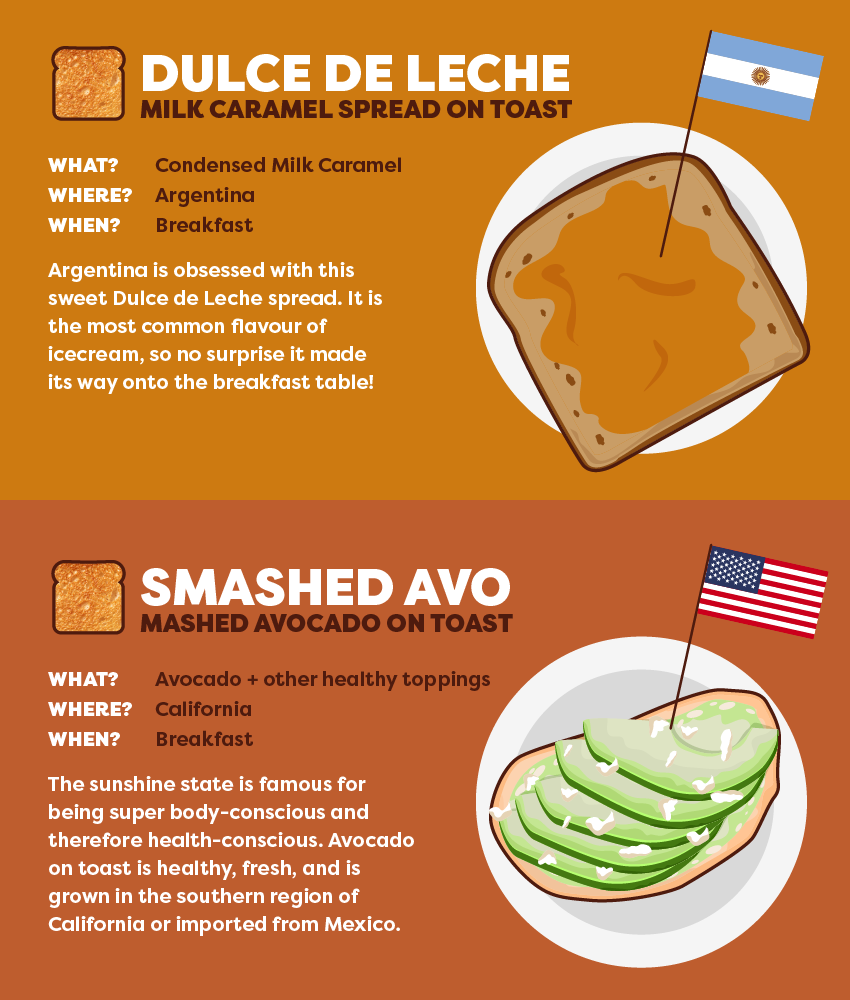
- United Kingdom: Baked Beans on toast – haricot beans in tomato sauce.
- Belgium: Speculoos – biscuit flavoured butter (it’s also fast becoming a firm favourite across the rest of the world thanks to a certain brand).
- France: French toast – egg soaked bread that’s pan fried (not strictly French, we know).
- Wales: Welsh Rarebit – cheese based sauce on toast.
- Germany: Toast Hawaii – ham, cheese and pineapple topped with a cherry.
- Netherlands: Hagelslag – chocolate sprinkles!
- Sweden: Skagenrora – prawns, roe and soured cream seasoned with lemon and dill.
- Italy: Fettunta – garlic, olive oil and salt.
- Spain: Pan con tomate – crushed tomatoes, garlic, olive oil and salt.
- Morocco: Amlou – honey and crushed almonds mixed with argan oil.
- Ghana: Shito – a paste primarily made with prawns, tomatoes, garlic, peppers and spices.
- Armenia: Labneh – yogurt based spread often served with za’atar spices.
- Lebanon: Fattoush – a Levantine salad made from toasted or fried pieces of khubz bread which is tossed with greens and other vegetables such as radishes and tomatoes.
- India: Bombay toast – a variation of French toast with chillies and a mixture of Indian spices.
- China: Prawn toast – crushed prawns and sesame seeds, deep fried.
- Singapore/Malaysia: Kaya – a creamy spread made from coconut milk, egg and flavoured with pandan leaves.
- Indonesia: Roti bakar – Banana, chocolate and cheese, and sometimes peanut butter.
- Japan: Ogura jam – mashed and sweetened azuki beans topped with butter or cheese.
- Australia: Vegemite – a paste made from leftover brewers yeast and a mixture of spices.
- Mexico: Molletes – Refried beans, cheese and salsa on a toasted bolillo roll.
- Argentina: Dulce de leche – a caramel flavoured paste made from sugar and sweetened condensed milk.
- California: Avo on toast – smashed avocado and a pinch of salt. Sometimes topped with vegetables such as tomatoes and onions or a poached egg.
Bitesize Facts About Toast
- It’s thought the origin of toast dates back some 30,000 years to the ancient Egyptians.
- If you toast frozen bread instead of fresh bread, you lower its Glycaemic Index -reducing the spike in blood sugars and keeping you fuller for longer.
- A bolt of lightning contains enough energy to toast 160,000 pieces of bread.
- The word ‘toast’ actually comes from the Latin ‘tostum’, meaning ‘to burn or scorch’.
- During the California gold rush, a single slice of bread would set you back $1, which is $28 in today’s money!
- Beans on toast is considered a complementary protein. Combining the two creates a complete protein – making up for the lacking amino acids in both.
- French toast dates back to ancient Rome and the medieval times. They used old bread that was moistened with food juices and soaked in egg for added protein, it was then heated so it was edible.
- In France, French toast is known as pain perdu or amerite, meaning lost bread. National French toast day is on November 28.
- It wasn’t until 1919 that toast began to “pop up”, and the humble toaster became more like that we know it as today. Before the toaster, bread would be cooked over an open fire, in a clay oven or, in the case of French toast, fried in a pan on the hob.
- Eighty-eight percent of Americans own an electric toaster.
- Wilder Penfield, a neurosurgeon in Canada, found a “Toast Center” in the human brain. This center is dedicated to detecting the smell of burnt toast.


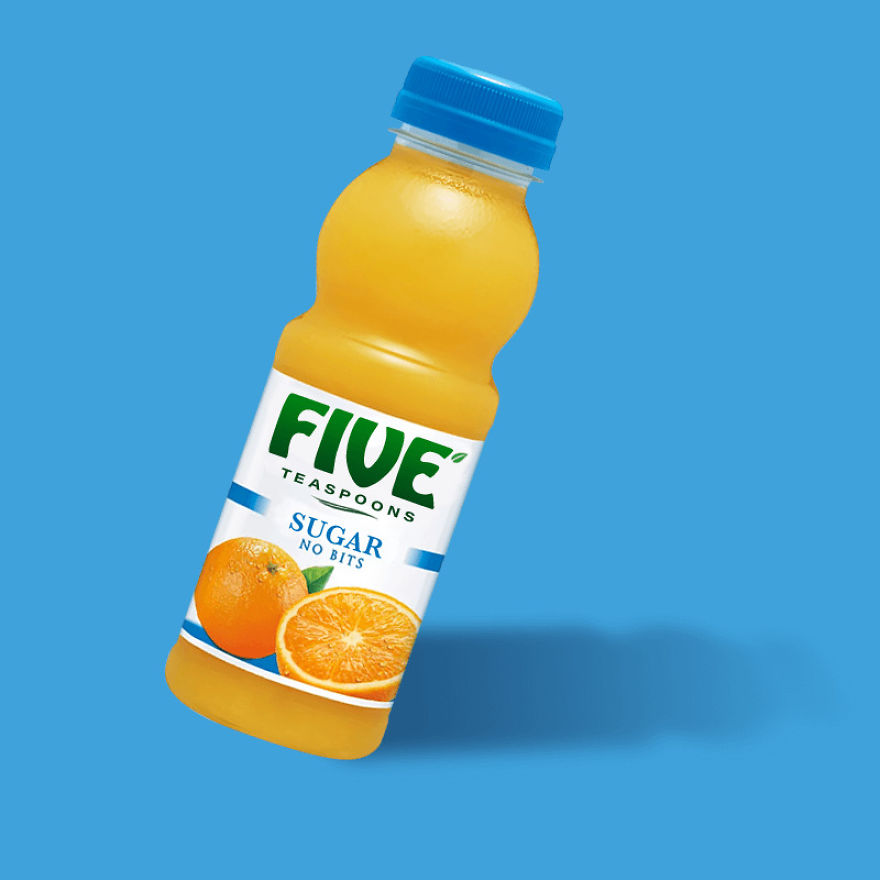
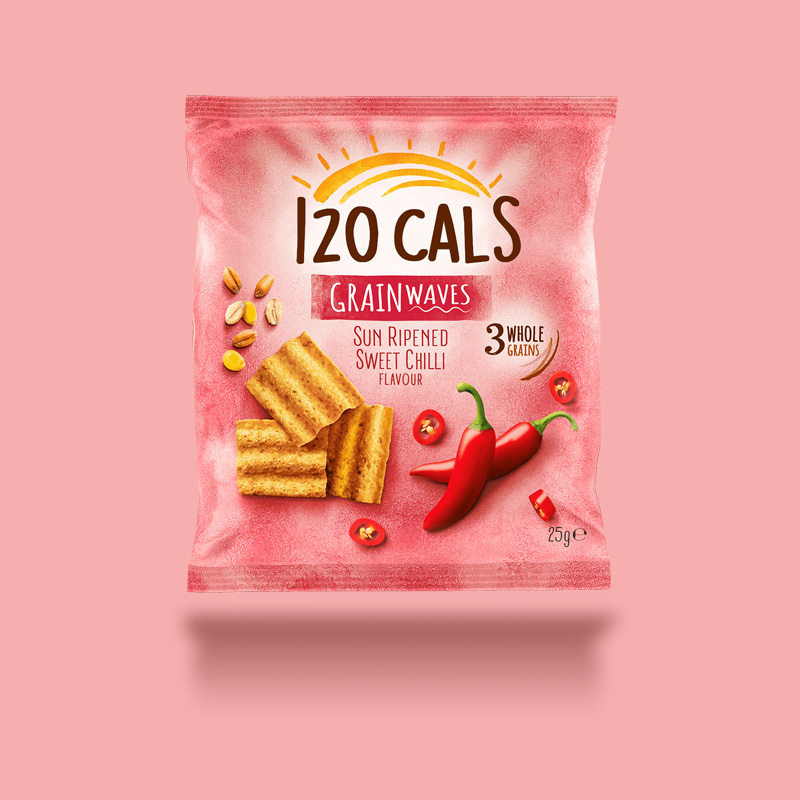
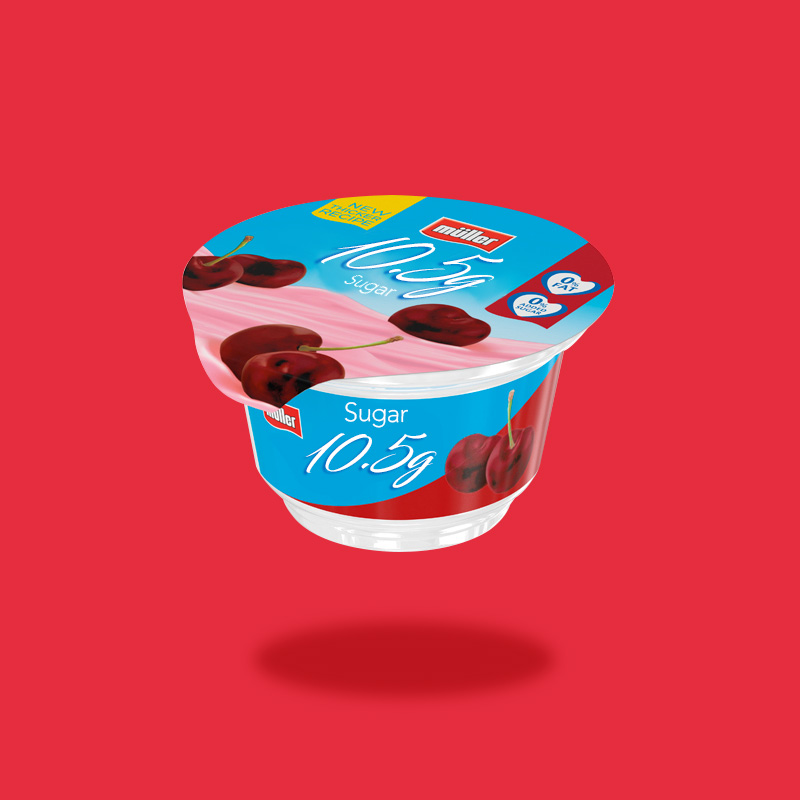
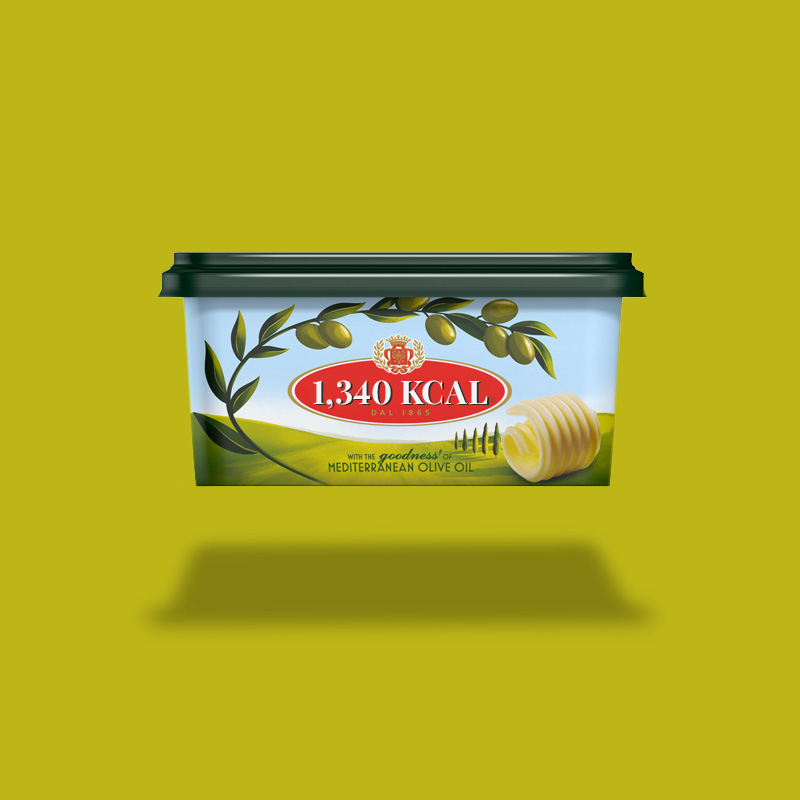
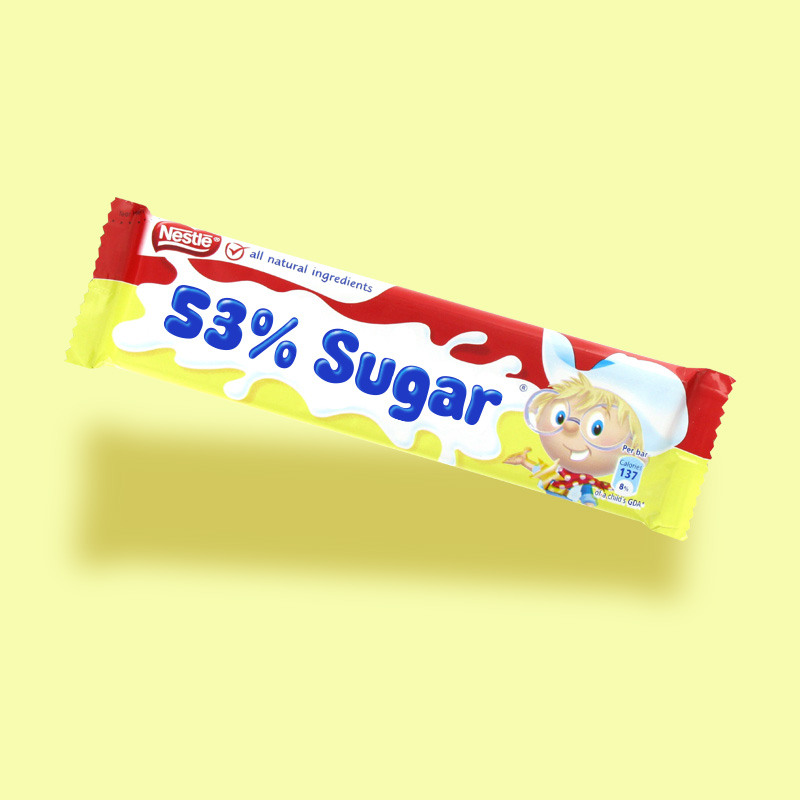
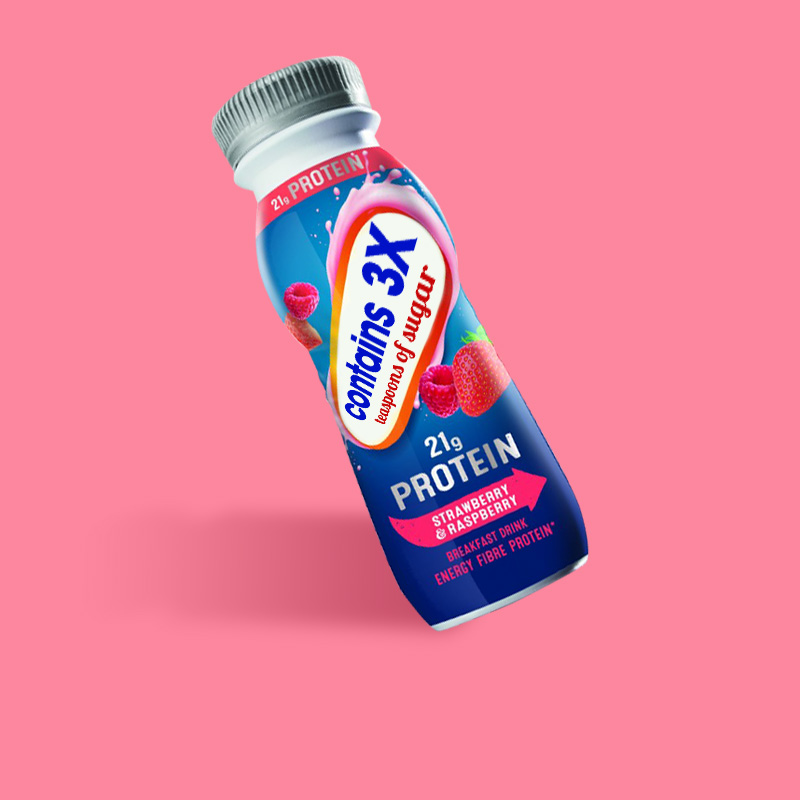

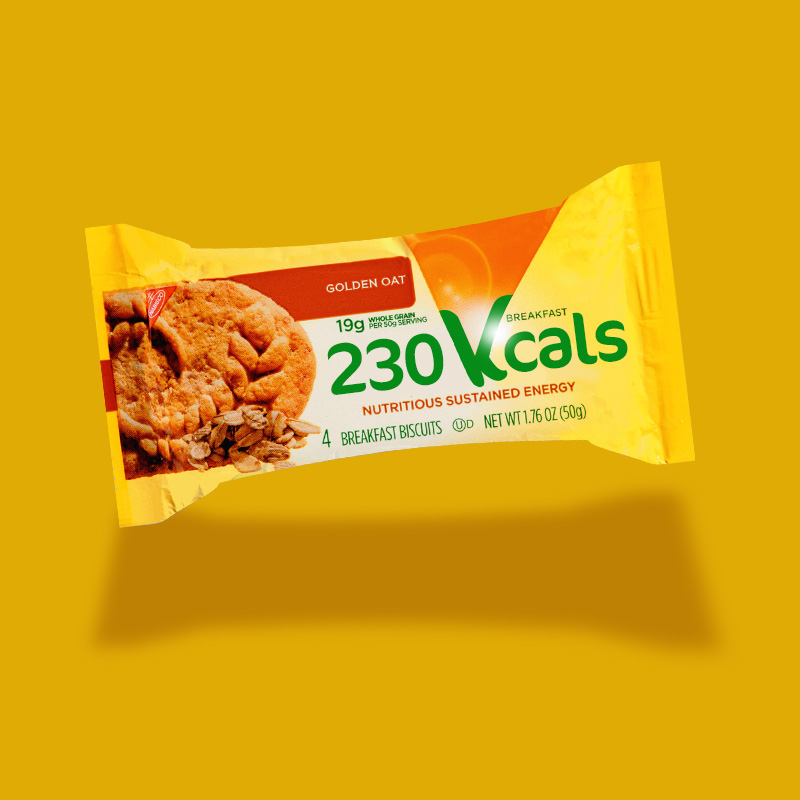
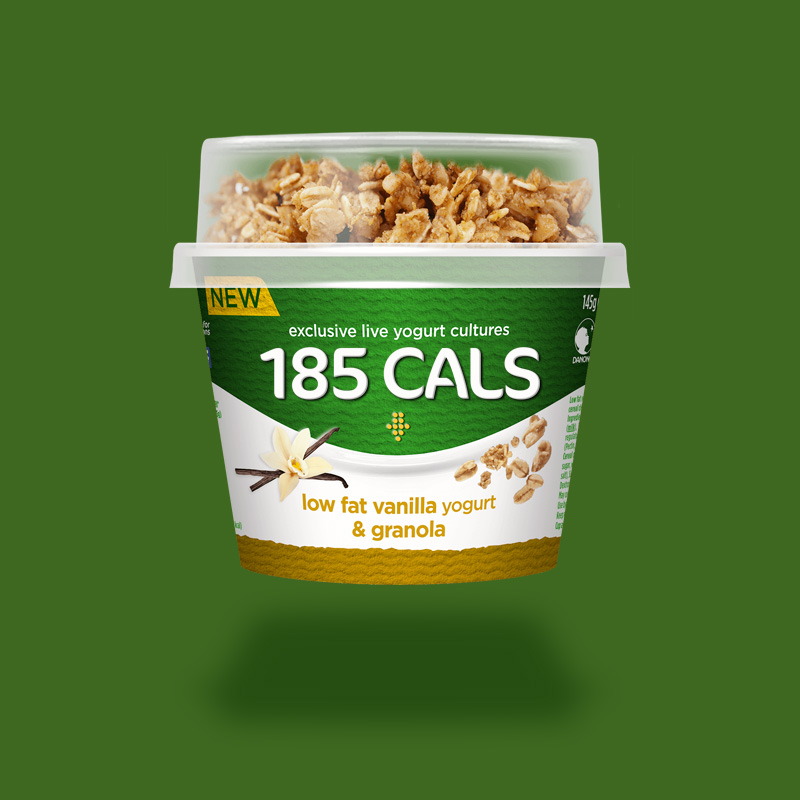 Danone’s Activia Yoghurt and Granola Pot has a little secret they don’t want you to know about. The Activia range has long been advertised as a healthy option that’s good for your gut. Credit where it’s due it is, as it says, low in fat. This doesn’t equate to being a healthy food though. This particular pot is holding over 18 grams of sugar, just shy of two-thirds of your daily allowance. If you’re having these for breakfast you’ll have to dodge as much sugar as you can for the rest of your day. This product is a prime example of how ‘low-fat’ products can be much more damaging in other ways.
Danone’s Activia Yoghurt and Granola Pot has a little secret they don’t want you to know about. The Activia range has long been advertised as a healthy option that’s good for your gut. Credit where it’s due it is, as it says, low in fat. This doesn’t equate to being a healthy food though. This particular pot is holding over 18 grams of sugar, just shy of two-thirds of your daily allowance. If you’re having these for breakfast you’ll have to dodge as much sugar as you can for the rest of your day. This product is a prime example of how ‘low-fat’ products can be much more damaging in other ways.
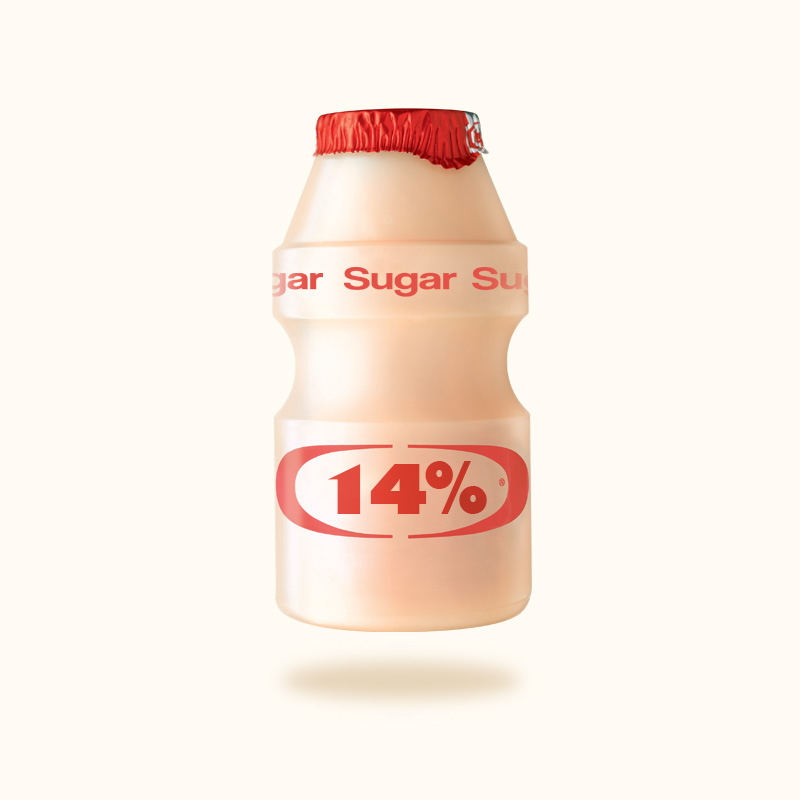

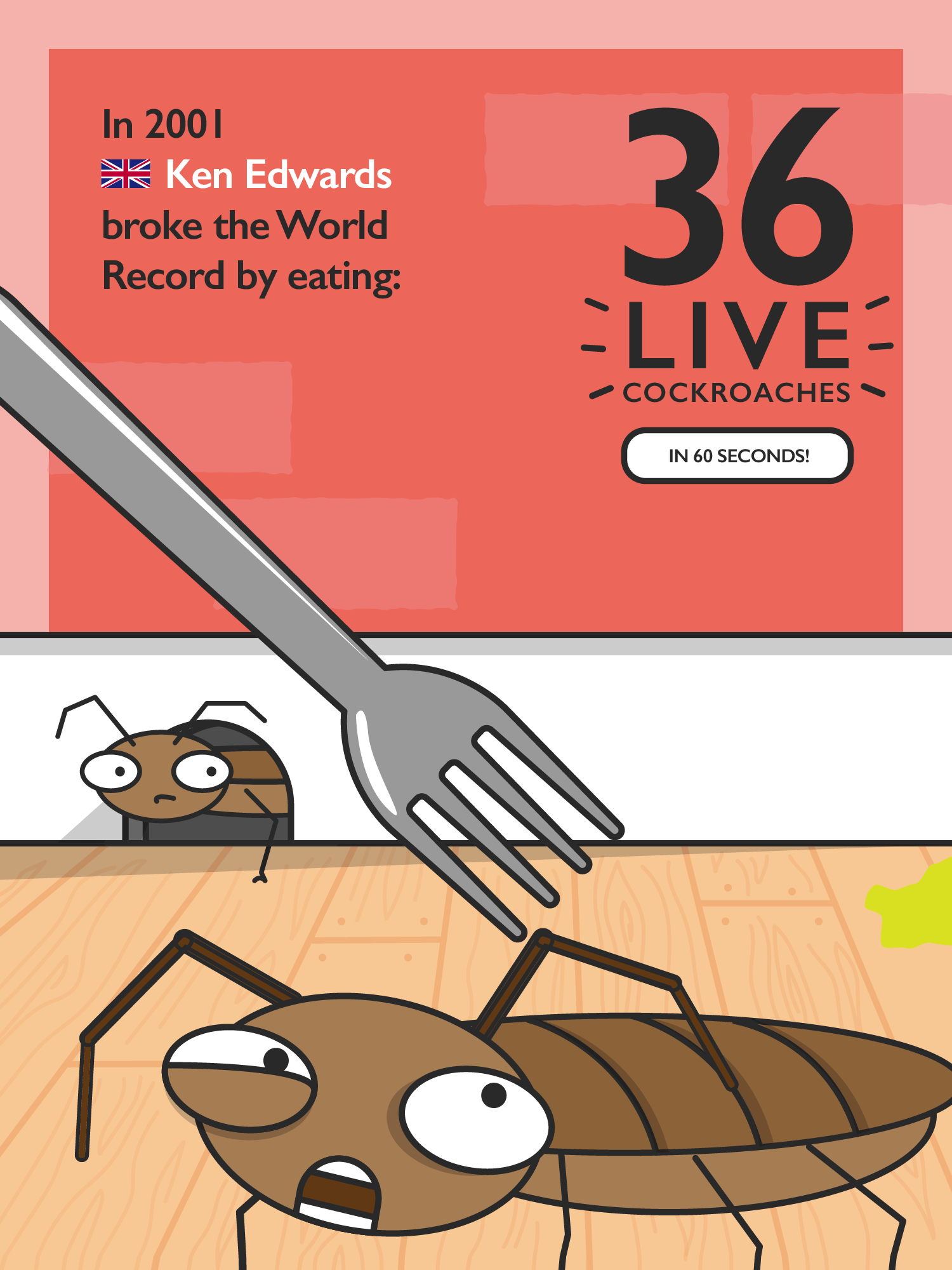
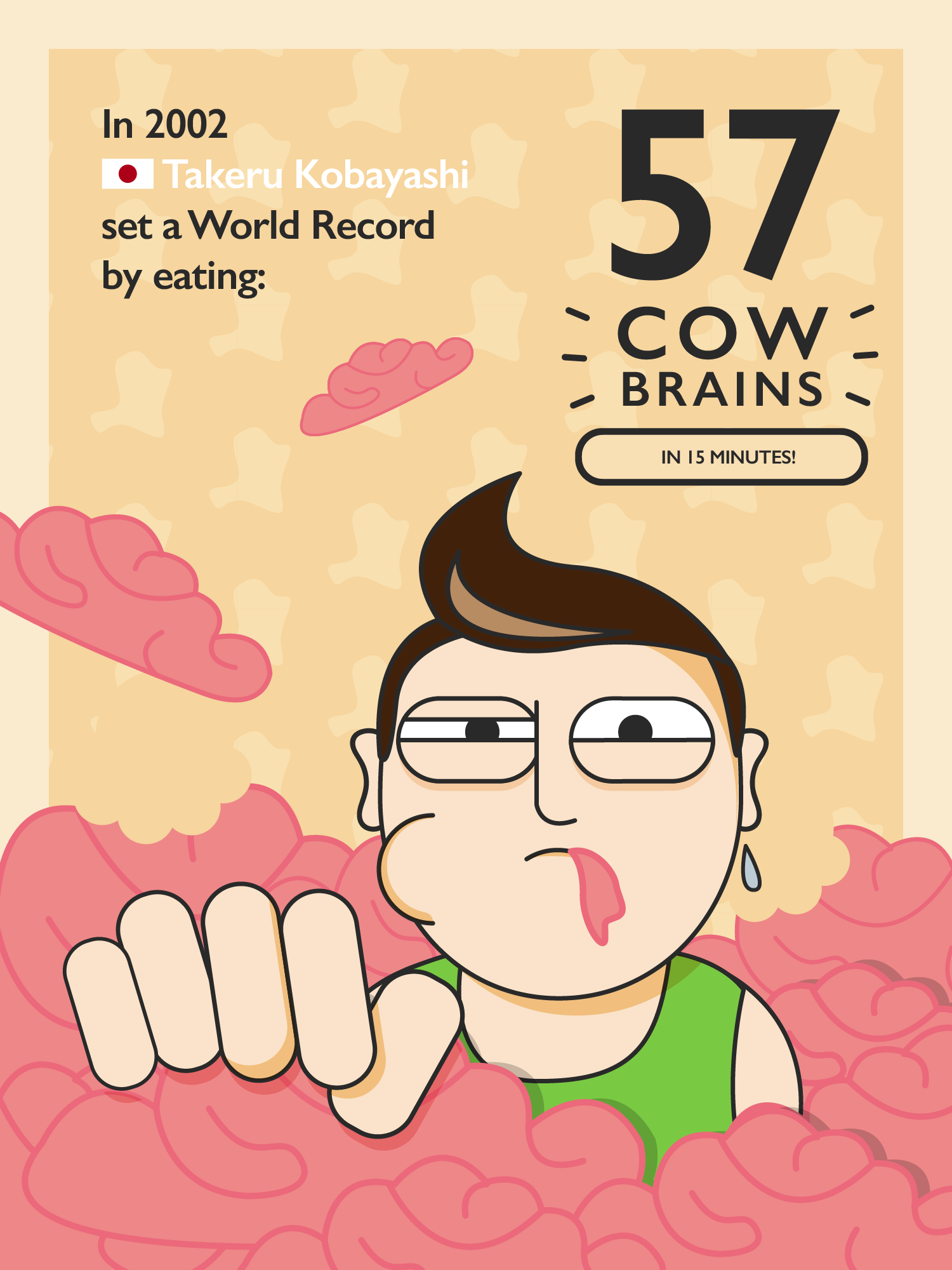

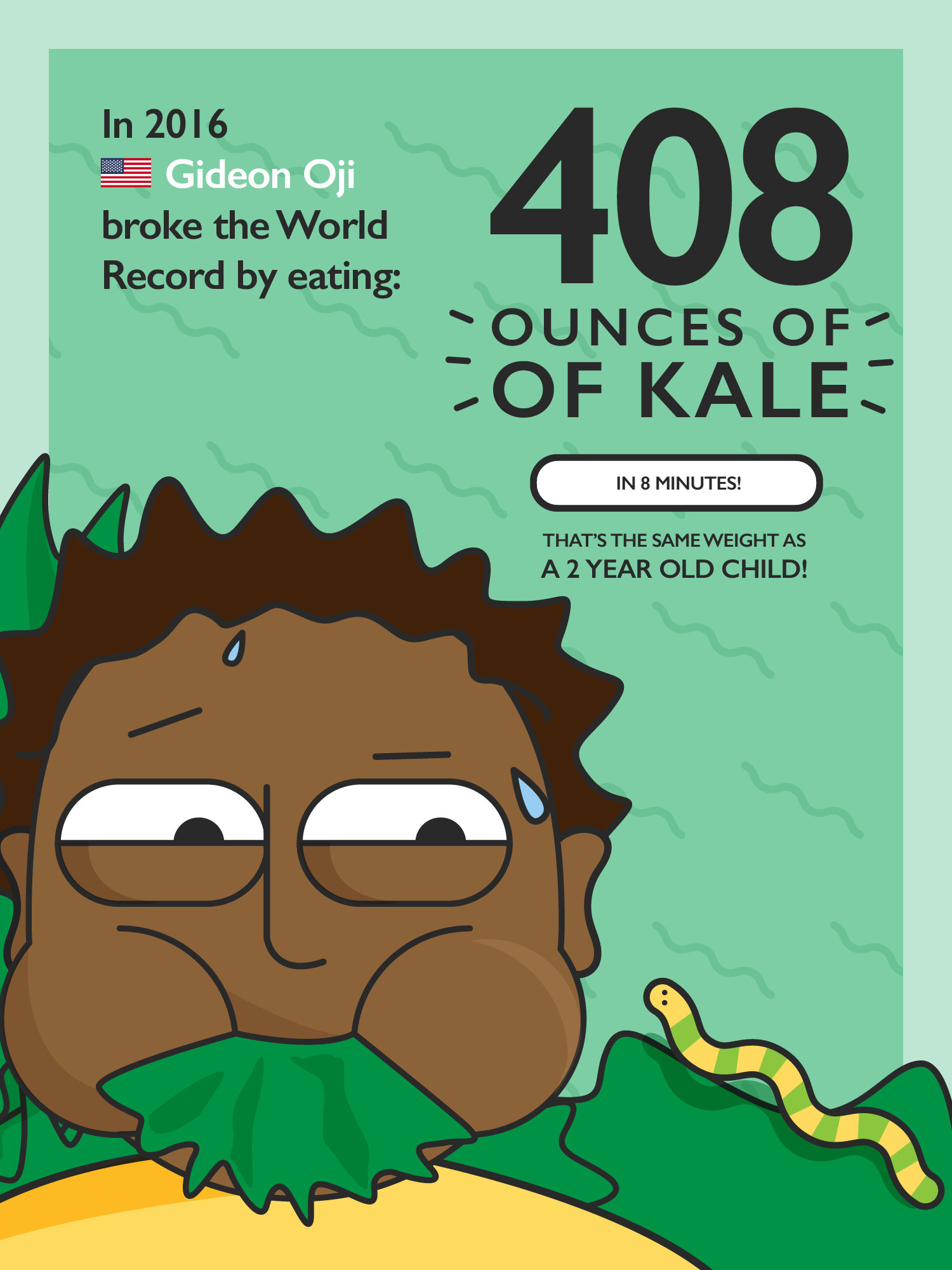
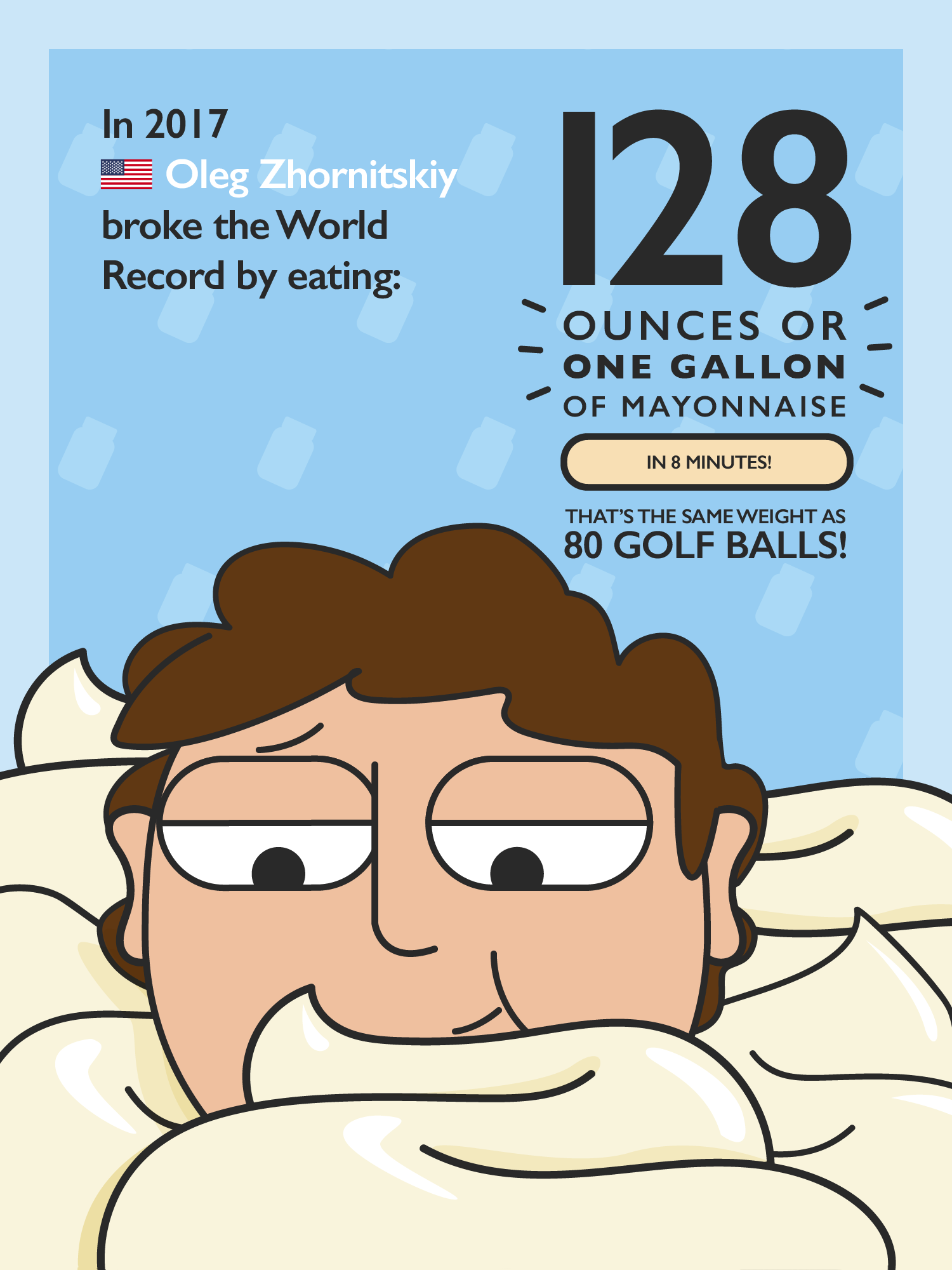

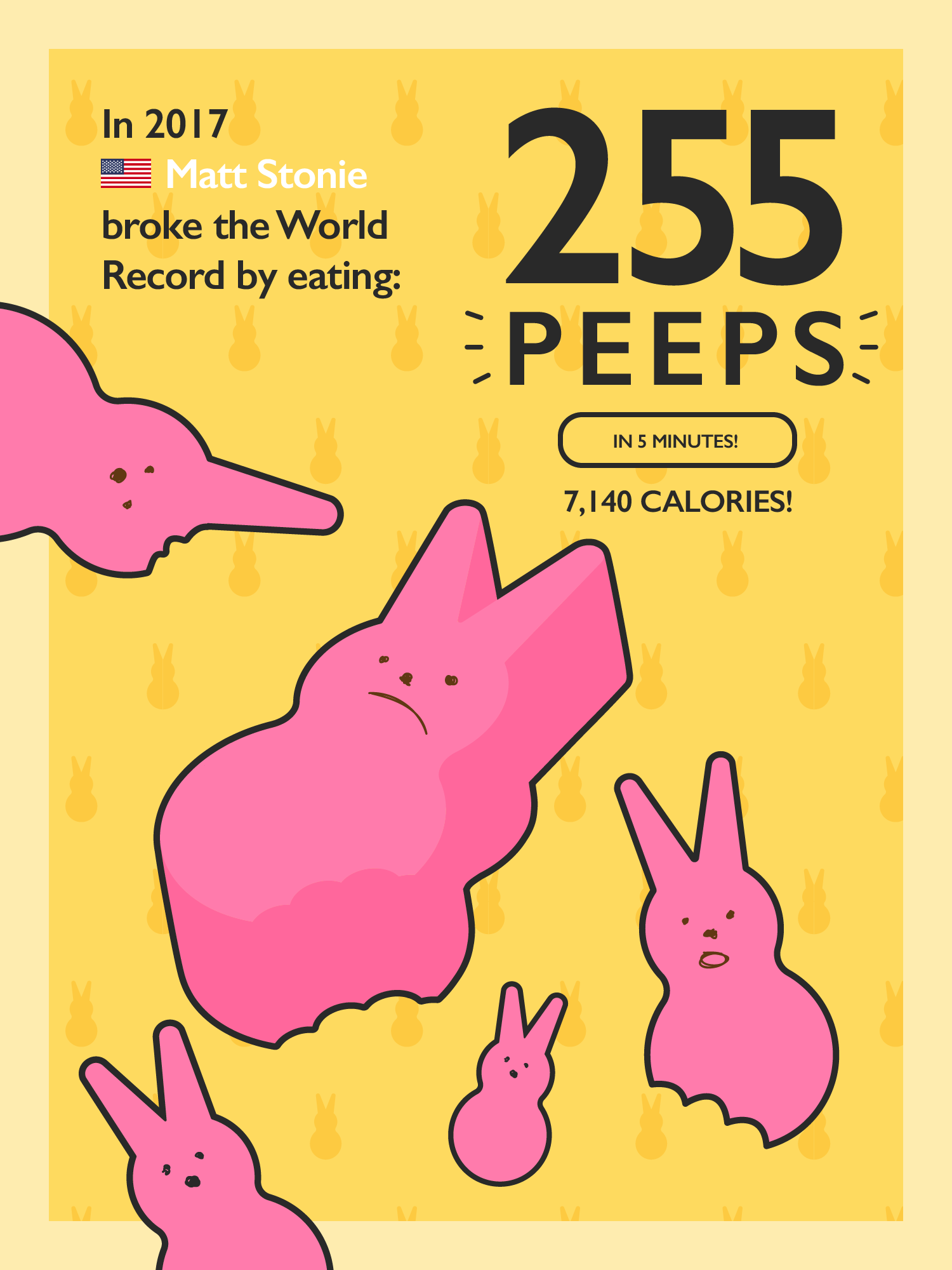
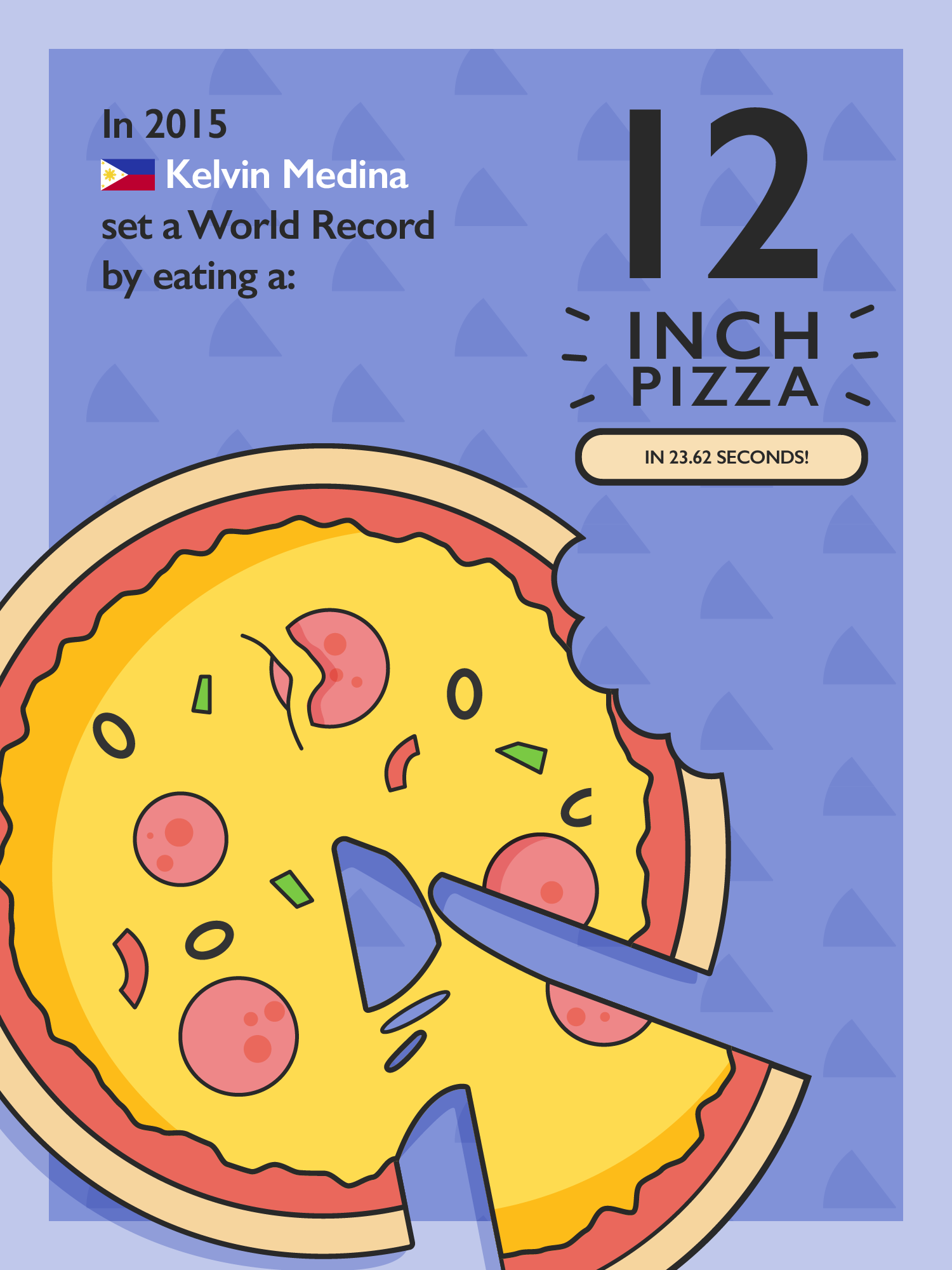
 You’re more than welcome to use our images for your own content, all we ask is that you cite
You’re more than welcome to use our images for your own content, all we ask is that you cite  You’re welcome to use our images for your own content, all we ask is that you cite
You’re welcome to use our images for your own content, all we ask is that you cite